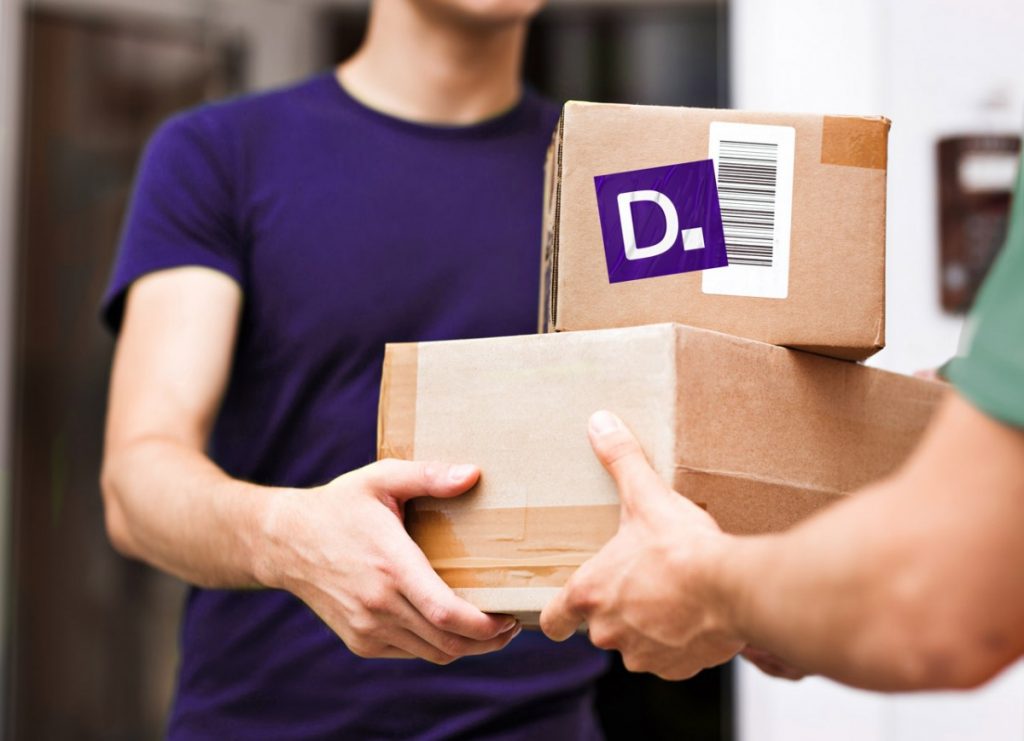UK fast-fashion ecommerce leader ASOS recently announced plans to alter the terms of its Premier next-day delivery subscription by increasing the minimum spend for eligibility from £10 to £15. Premier subscribers will still receive standard delivery for free, no matter the basket size, but for orders under £15, shoppers will need to pay an additional £5.95 charge for next-day delivery.

At the start of the year, we predicted that ASOS would make some changes to its return policy, moving away from the ‘free for everyone’ promise it publicly made and charging for at least some of its returns. We see this change to the Premier delivery offering as a perfect exemplifier of a broader strategic shift from ASOS that makes us even more confident our prediction will come true. If that happens, carriers and logistics providers should expect their merchant customers to be seeking help on returns too – and they’ll need sophisticated solutions to the returns challenge they find themselves in.
As recently as June 2022, ASOS said “free returns are a core part of the ASOS offer and there are no plans to change this approach”.
However, returns remain a fundamental issue for online retailers as a result of shipping costs, reprocessing costs, and the reduced value of returned items in a world of seasonal & fast-moving fashion cycles. Whilst online growth was booming, retailers were happy to accept this cost of returns as part of the online model, but as growth has slowed, we’ve seen big names like Boohoo and Zara introduce a charge for online returns for the first time within the last year.
The other factor worth bearing in mind is that in a cost-conscious environment, returns rates typically creep up, something ASOS itself has already acknowledged, stating that return rates ‘have increased from May 2022 to levels close to pre-pandemic’ in its October 2022 annual report. Despite the rise in return rates, ASOS has stood behind the statement that returns will remain free, for everyone. But, as we’ve seen with Premier delivery and the added asterisk of minimum order value, there’s room in ASOS’ philosophy to adapt its stance on returns to tackle edge cases that impact profitability.
The retailer’s latest results presentation (May 10th 2023) acknowledged that a small share of the customer base (6% of active shoppers) has a massively detrimental impact on profits, costing ASOS more than £100m in the half year, thanks to a toxic combination of high activity, “reliance on discounted product”, and “high return rate”. Surprisingly though, there wasn’t an explicit callout on returns when the presentation discussed new goals. Reducing “split deliveries” (multiple items delivered to one address in separate deliveries in a short time period) and optimising “logistics costs” were mentioned, but for now ASOS isn’t publicly planning to address the returns issue in the same way that it is willing to on the delivery side.
So what could ASOS do? Well, by using its returns portal data, ASOS can identify the most frequent or costly returns behaviours and compare them against the profile of customers who frequently generate such returns. As the results presentation indicates, the business is aware of exactly which customers are generating such high costs (approximately £6 per order), and so it should be able to target these shoppers with returns fees, or limit the eligibility of returns on discounted products..
Implementing data-driven returns rules and charges would allow ASOS to eliminate or recover some of the cost of the least profitable returns in just the same way that it has removed free next-day delivery from low-value baskets. By carefully targeting the ‘low-hanging fruit’, i.e. the worst 6% of returns, introducing charges would still allow most consumers to continue to benefit from the security of its free returns proposition.
Introducing new and targeted charges or slightly more restrictive Ts and Cs could prevent a significant volume of returns, as well as recovering revenue when those returns do still occur, helping to put a dent in that £100m cost – which is currently larger than the overall EBIT loss (£69.4m) ASOS is making.
ASOS’S IMPACT ON OTHER RETAILERS
By publicly declaring its stance on returns, ASOS has become a figurehead for free ecommerce returns. If its policy changes from ‘free for everyone, every time’ to ‘free, except for…’, ASOS will likely inspire more retailers to also place restrictions around their returns.
But creating returns rules won’t be as straightforward for other retailers, who don’t have the same resources or access to returns data. Many ecommerce merchants are still blindly putting return labels in outbound orders and lack a basic digital returns portal required to collect simple returns data at scale. But collecting the data necessary to implement intelligent returns rules and charges requires more than just a returns portal – it needs a fully integrated solution that incorporates order information to better track what is being returned, by whom, and why. Only then can retailers identify their edge cases and make smart rules based on these results.
Intelligent returns rules can be useful for more than just deciding when to charge for a return. For example, by identifying the item type and date, a fully integrated returns solution can restrict items from specific categories, e.g. underwear, from being returned – or reject items returned after a set return window. In addition, retailers can configure rules to change the shipping location for specific items, to charge for certain categories of returns, to allow for damaged items to automatically be directed straight to a repair centre or for fast-selling items to be sent back for restock and resale immediately.
For small and mid-size retailers to get smarter about returns and increase their profitability, they need access to an integrated returns solution. This is where carriers have a major opportunity.
THE RETURNS OPPORTUNITY FOR CARRIERS
Solving the returns crisis isn’t about deciding between free or paid returns. It’s about controlling costs and putting more intelligence in place to recover costs for the most inefficient cases, without negatively impacting the vast majority of shoppers. To achieve this, merchants need returns solutions that capture data and allow them to make rules to control their unprofitable edge cases and reduce returns costs.
Doddle research from 2022 indicated that 74% of retailers without a returns solution would consider using one if their parcel carrier offered them one. So, if carriers can provide their customers a digital return offering, they stand to strengthen their overall value proposition and form stronger partnerships with existing retail partners. At the same time, carriers will also capture a greater share of small and mid-size ecommerce merchants’ returns volumes, potentially adding millions in parcel revenue.

